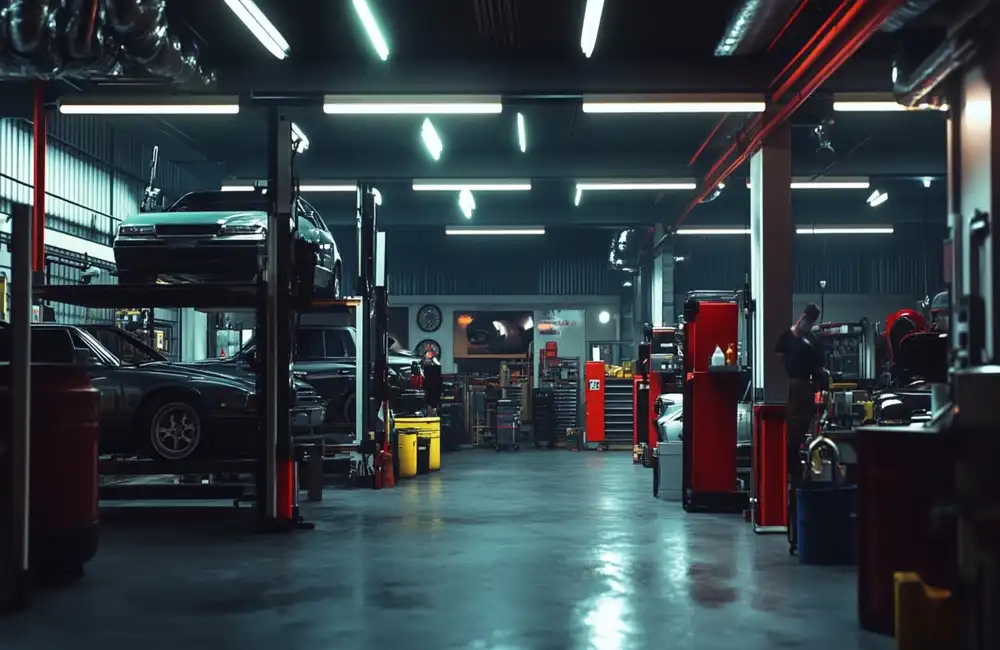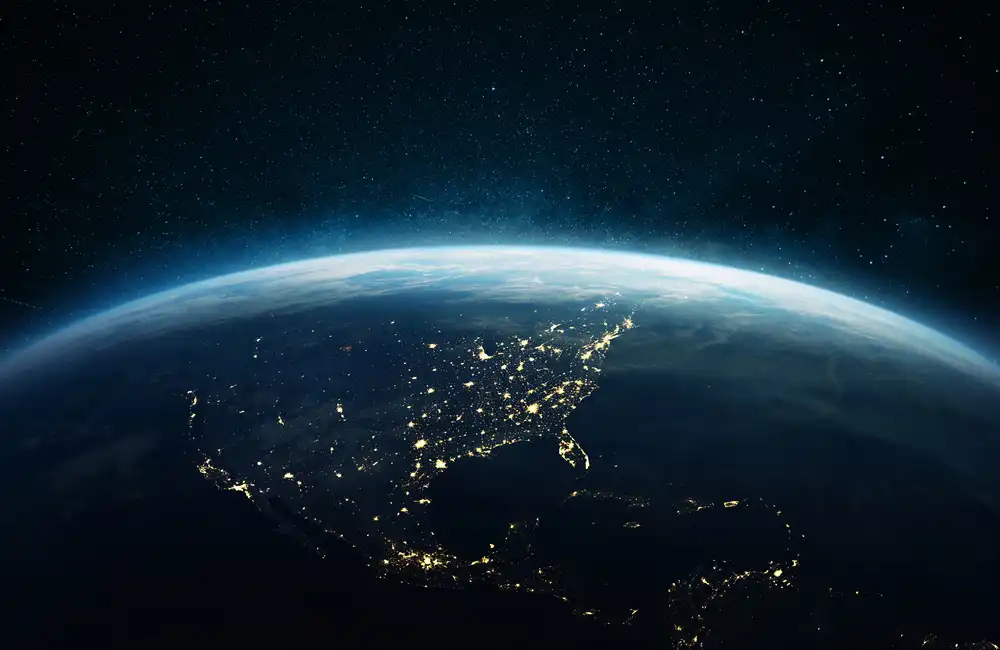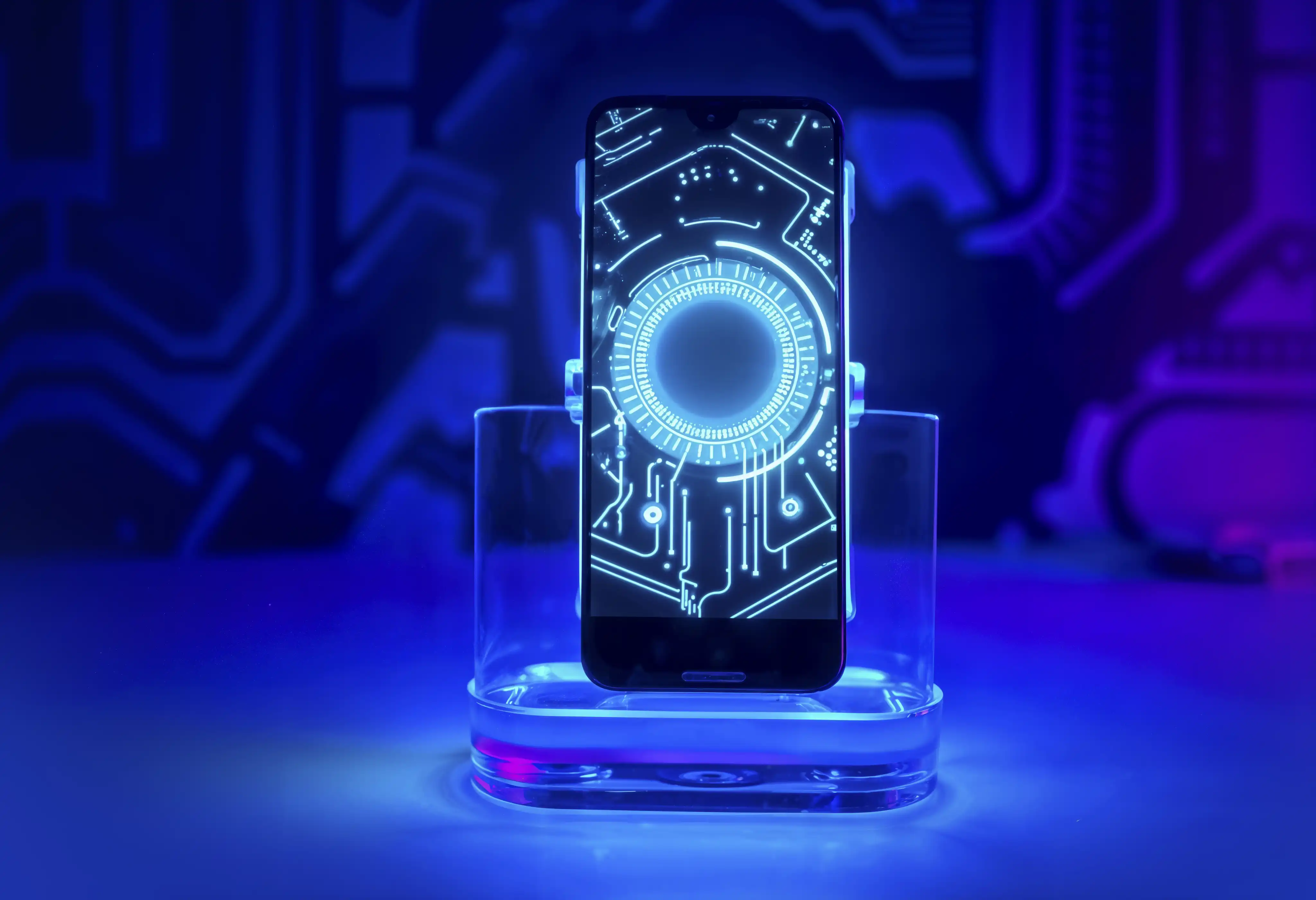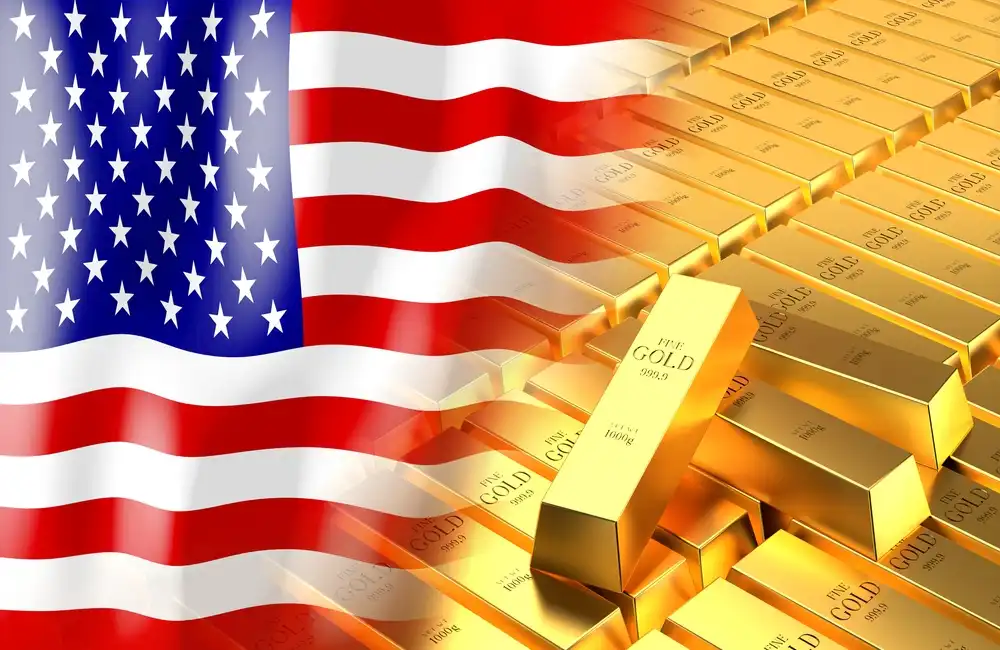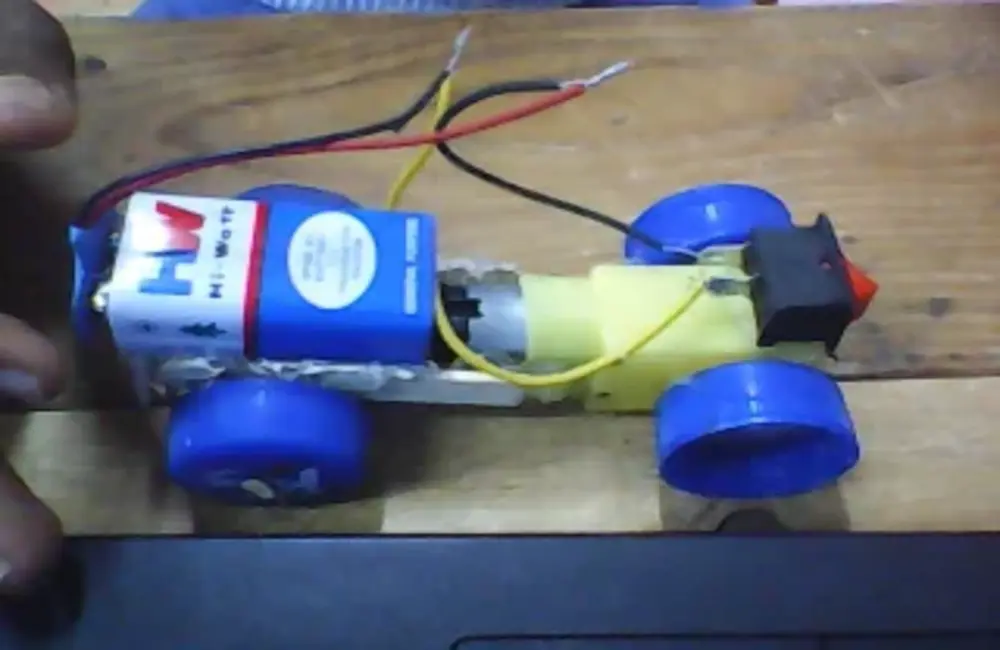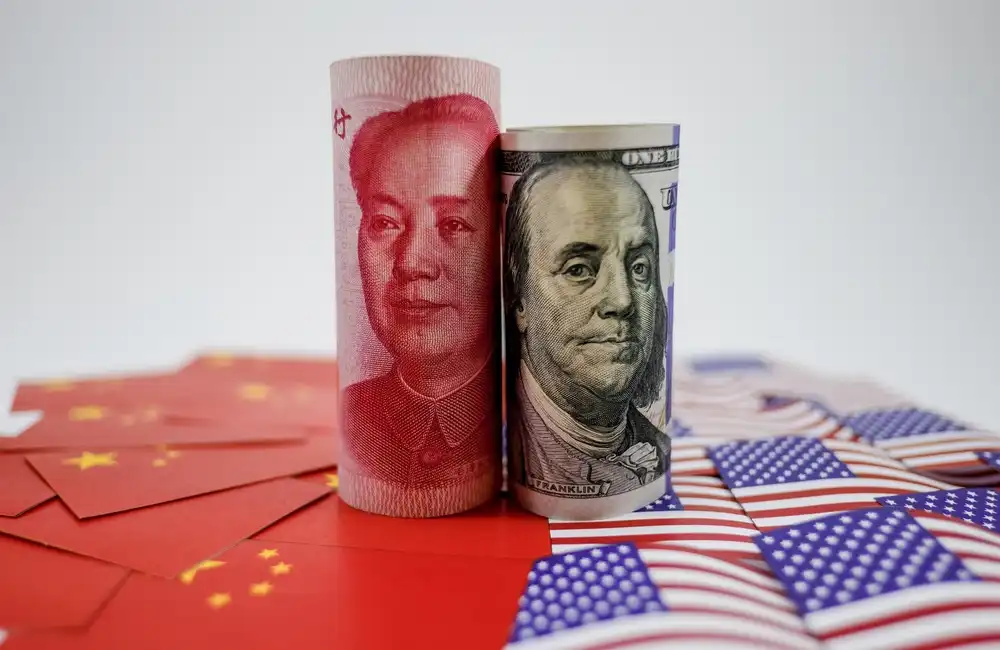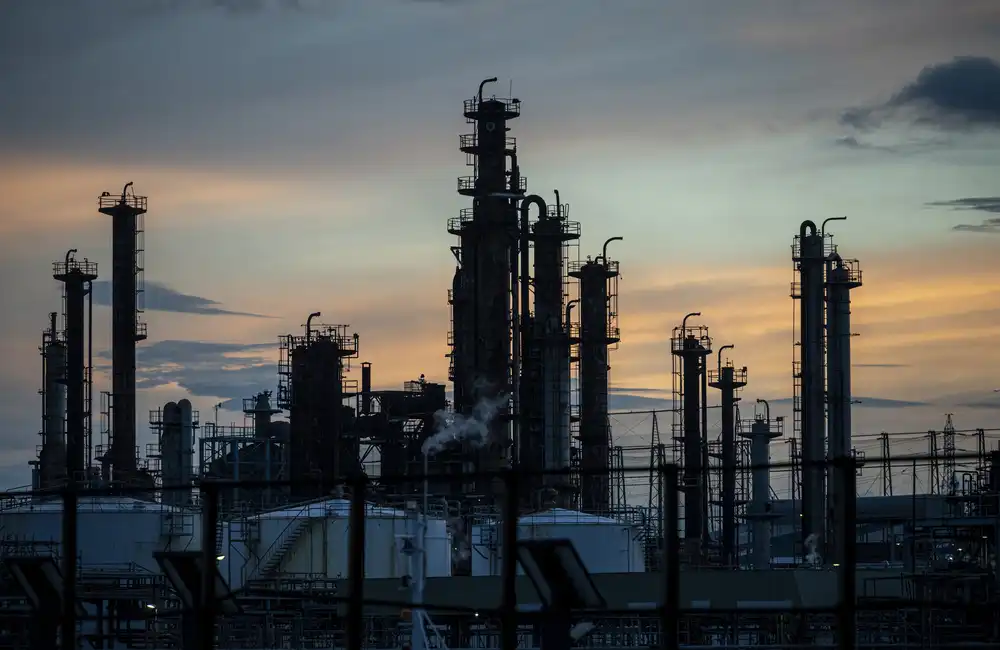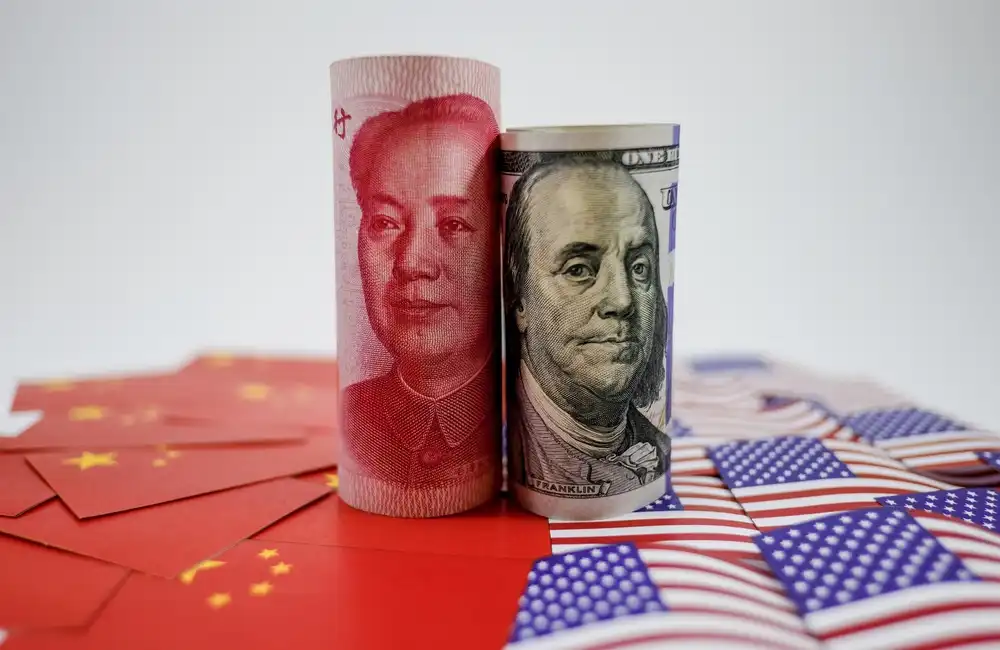Battery prices will stop a long-running decline, climb in 2022 and stay elevated through 2023, spurring automakers to seek out tie-ups to get scale, S&P Global Ratings said in a May 18 report.
Perforated battery prices will increase in a swell in the cost of raw materials underpinned by demand, a credit ratings agency said.
Automakers will consequently probably assume higher costs on battery supply chains, and that will cause a reshuffling in how they do business, it said.
“On one hand, they will seek ever more tie-ups; on the other hand, they’ll look to broaden their supplier networks and quite possibly cut out the middleman by going direct into the upstream supply chain,” the report said. “And as we see more and more EVs in the market, this cost take-out will also be done by being open to varying different tech paths in the next two years.”
To hit economies of scale, automakers will turn to EV tie-ups, as small-scale production is one of the major reasons for low profitability of EV businesses, S&P Global Ratings said.
“More automakers have begun to share their EV production platforms to improve production efficiency,” the report said. “In the European market, Ford Motor Co. will manufacture two EV models on Volkswagen's Modular Electric Toolkit platform with an expected volume of up to 1.2 million units over 2023-2028. In April 2022, General Motors Co. and Honda Motor Co. Ltd. decided to co-develop affordable compact EVs, which will be sold in North America as of 2027.
Raw materials prices
The cost of raw materials used in EV batteries is trending higher, S&P Global Ratings said. “So what we are now seeing is a reversal of a long-term trend of battery prices decreasing.” “Battery suppliers are trying to insulate their profitability from the surge in lithium, cobalt and nickel,” the report said.
The cost of lithium has surged twofold in the first three months. Platts assessed CIF North Asia lithium carbonate at $75,300/mt May 13, for an increase of $300 on the week, S&P Global Commodity Insights reported, while lithium hydroxide CIF North Asia was at $80,100/mt, for a gain of $100 on the week. Cobalt sulfate also increased S100/mt week on week, to CIF North Asia $17,700 May 13.
Supply disruptions will alleviate and help stabilize material and battery prices in 2023, the report said. “But robust market demand and tight supply will keep prices above 2021 levels,” it added.
S&P Global Ratings said the price of cathode materials has more than doubled in the last 12 months to March 2022, and they account for 60-70% of the cost of battery packs. Meanwhile, the compound annual growth rate in battery demand is expected to be 30%-40% from 2022 to 2025, it added.
EV penetration forecast
It is consistent with the rating agency forecast of EV penetration growing from 8% of the total fleet in 2021 to 15%-20% worldwide by 2025, it said.
By 2030, EVs are projected to account for about 50% of the annual sales of large automakers, including Volkswagen and BMW..
Big battery players
In a recent report, the global ratings agency S&P Global estimated that the top three battery players will collectively take up more than 50% of the market share until 2025.
The report named the world's largest three battery suppliers as Contemporary Amperex Technology Co. Ltd., LG Chem and Panasonic Holdings Corp.
“We expect the battery suppliers we rate, all of which are acknowledged global market leaders, to retain their dominant positions for at least the next two to four years,” the report said. “Battery capacities and technology will remain a critical factor for carmakers and their EV production.”
“The cost volatility seen since the second half of 2021 underpins our view that battery suppliers are now eager to relieve profitability pressure by taking a firm approach to following through on passing through costs,” it said.
Battery producers are also trying to deepen cooperation with upstream businesses, the report said.
“China’s Contemporary Amperex Technology Co. Ltd. and LG Chem Ltd., the world's No. 1 and No. 2 EV battery makers, respectively, have both struck billion-dollar deals with Indonesian counterparties for domestic investment to establish mines-to-manufacturing supply chains in the coming years,” it said.
Battery tech
Lithium iron phosphate batteries are at least 10%-20% cheaper than ternary batteries and are devoid of costly materials such as nickel and cobalt, according to S&P Global Ratings. “The past few years have brought new technology advancements at the battery-pack level that have expanded the driving range of these batteries without increasing costs or reducing safety,” the report said.
The rising popularity of LFP batteries is perceived to come on back of two recent news items: Tesla ( TSLA.O ) said in April that nearly 50% of the EVs it built in the first three months of 2022 were powered by LFP batteries and BYD Co. Ltd, a strong proponent of the technology and the No.1 EV player in China market, reported 388% year-on-year growth in EV sales in the first four months of 2022.
Volkswagen, Ford, and Mercedes-Benz Group AG also plan to adopt the technology for their entry models, according to the report.


